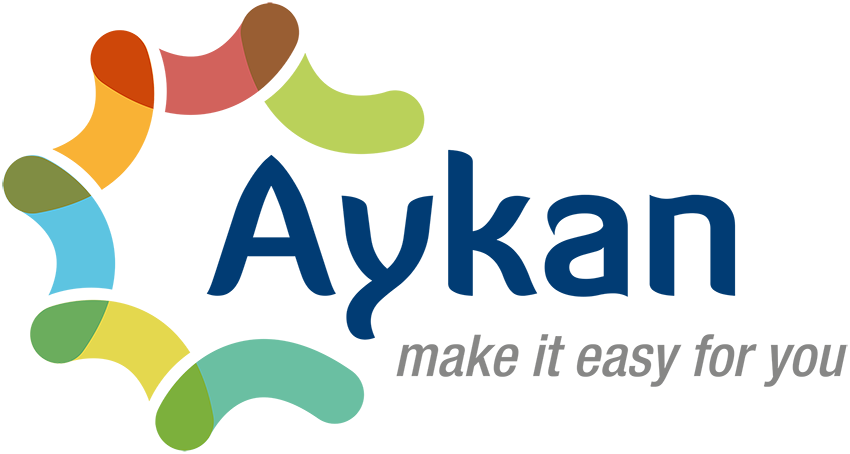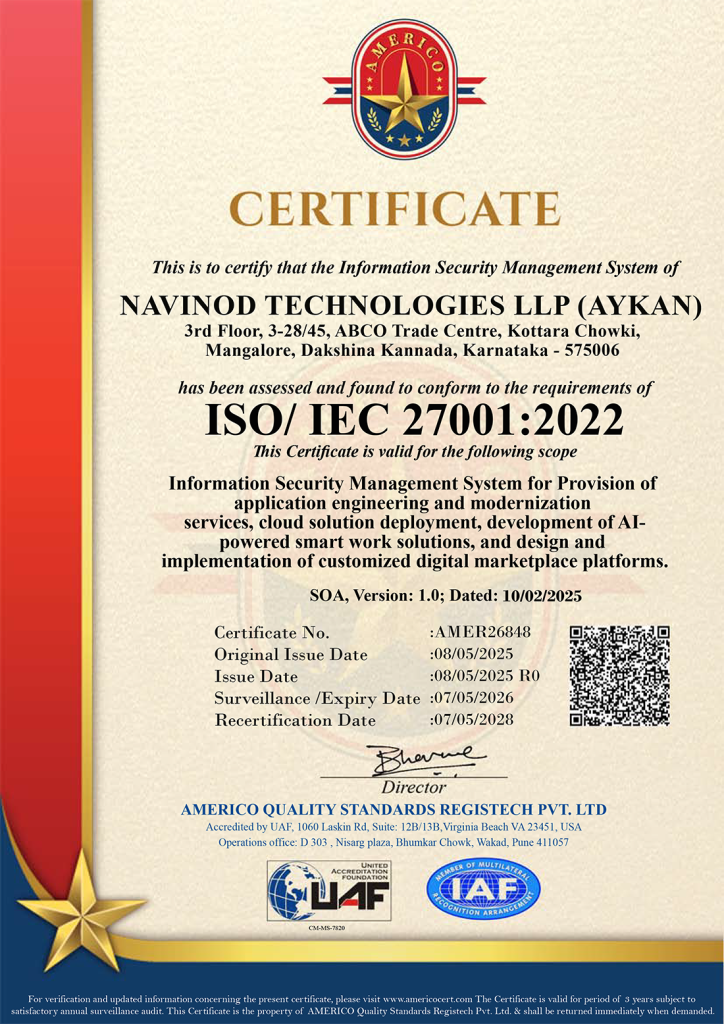The rise of Web3 technologies is revolutionizing the way we think about the internet, and nowhere is this transformation more exciting than in the realm of online marketplaces. Traditional marketplaces have long relied on centralized platforms that manage data, transactions, and trust. But with the advent of blockchain and decentralized technologies, a new era of community-driven commerce is emerging—one that promises more transparency, autonomy, and trust for all participants.
In this article, we’ll explore how Web3 and blockchain are reshaping online marketplaces, the benefits and challenges of decentralization, and what this shift means for the future of digital commerce.
What Is Web3, and Why Does It Matter?
Web3 marketplaces are digital commerce platforms built on decentralized technologies, particularly blockchain networks such as Ethereum, Solana, Polygon, and others. These platforms eliminate the need for centralized authorities or intermediaries by enabling peer-to-peer transactions through smart contracts—self-executing programs that run on the blockchain. In these environments, users can buy, sell, or trade a wide variety of goods and services—from physical products and freelance services to purely digital items like NFTs (non-fungible tokens), gaming assets, or software licenses.
Unlike traditional platforms such as eBay or Amazon, where users are subject to platform fees, account restrictions, or changes in policies controlled by a centralized authority, Web3 marketplaces are governed by transparent, community-driven protocols. Many even integrate token-based governance systems, where users can propose and vote on platform updates, creating a sense of true digital ownership and participation in the growth of the ecosystem.Key Components of Web3:
Blockchain: This is the foundational layer of Web3. A blockchain is a distributed ledger that records data across multiple nodes in a secure, tamper-proof, and transparent manner. It ensures that every transaction—whether a payment, contract, or data update—is verifiable and immutable, making fraud and unauthorized changes nearly impossible.
Smart Contracts: These are self-executing agreements coded on the blockchain that automatically perform actions when certain conditions are met. For example, a smart contract can release a payment only after a service is confirmed as completed. This eliminates the need for intermediaries like lawyers, banks, or notaries, significantly reducing costs and improving efficiency.
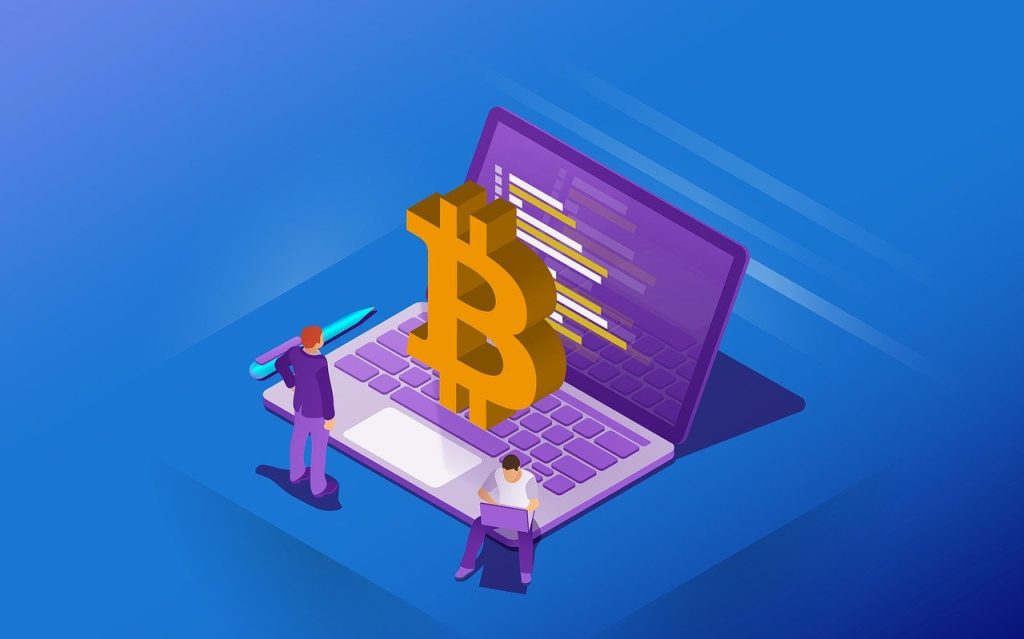
Cryptocurrencies and Tokens: Cryptocurrencies (like Ethereum or Solana) and platform-specific tokens (like UNI for Uniswap or LOOKS for LooksRare) serve as economic incentives. They can be used to pay for goods/services, reward users, or grant voting rights in governance decisions. In marketplaces, tokens often enable loyalty systems, creator royalties, and community participation.
Decentralized Identity (DID): DID solutions give users complete control over their digital identity and credentials. Unlike Web2 logins tied to email accounts or social media, DID allows users to own and manage their identity, reducing the risk of hacks, surveillance, or data leaks. This is crucial for creating secure and user-friendly reputation systems in decentralized marketplaces.
How Web3 Transforms Marketplaces?
Web3 fundamentally reimagines the way marketplaces operate—moving from centralized gatekeepers to trustless, automated ecosystems that are governed by code and community input.
Trust and Reputation Systems: In traditional platforms, user reputation is controlled and sometimes manipulated by the platform itself. In Web3, reputations are often built through on-chain activity—transparent and verifiable records of transactions, reviews, and interactions. Reputation tokens and soulbound tokens (non-transferable badges tied to identity) can represent proof of skill, delivery history, or community trust.
Payments and Settlements: Web3 marketplaces support instant, borderless, and permissionless payments using cryptocurrencies. This allows users in underbanked regions to participate fully in the digital economy. Smart contracts also allow for escrow services, where funds are held and automatically released when conditions are met, eliminating the need for third-party oversight.
Ownership and Royalties: NFTs and digital tokens allow creators to retain ownership of their work, with programmable royalties embedded into the asset. Every time an NFT changes hands, a percentage of the sale can be automatically sent to the original creator. This is a game-changer for artists, musicians, and developers, providing a sustainable revenue stream long after the initial sale.
Governance and Community Involvement: Many Web3 marketplaces are governed by DAOs (Decentralized Autonomous Organizations), where token holders vote on major decisions like feature development, fee changes, or partnerships. This gives users a real voice in shaping the direction of the platform, fostering stronger loyalty and alignment between users and the project.
The Promise of Decentralized Marketplaces
Decentralized marketplaces powered by Web3 technologies are ushering in a new era of digital commerce—one where trust, ownership, governance, and opportunity are distributed among users rather than controlled by a central authority. Here’s how Web3 is transforming online marketplaces and why it matters for the future of the internet:
1. Trust Without Intermediaries
In traditional Web2 marketplaces, centralized platforms act as intermediaries—holding user data, enforcing rules, resolving disputes, and processing payments. While this structure offers convenience, it often leads to high transaction fees, lack of transparency, and a single point of failure. In contrast, Web3 marketplaces utilize smart contracts—self-executing programs on the blockchain that automatically enforce the rules of the transaction. This removes the need for a trusted third party.
For example, a smart contract can hold funds in escrow and release them only once both buyer and seller meet predefined conditions. This ensures a trustless environment where fairness is enforced by code, reducing human error, bias, and platform dependency.
2. User Ownership and Governance
In Web3 ecosystems, users are not just customers—they are stakeholders. Platforms often issue governance tokens that give users voting power over decisions related to the marketplace’s future. These can include voting on transaction fees, the introduction of new features, allocation of community funds, or changes to core rules. This system transforms marketplaces into community-governed ecosystems where power is distributed, not hoarded by a corporation. It nurtures a sense of ownership and accountability, aligning the platform’s evolution with the interests of its most active users. The result is a more dynamic and user-aligned platform that reflects the collective will of its community.
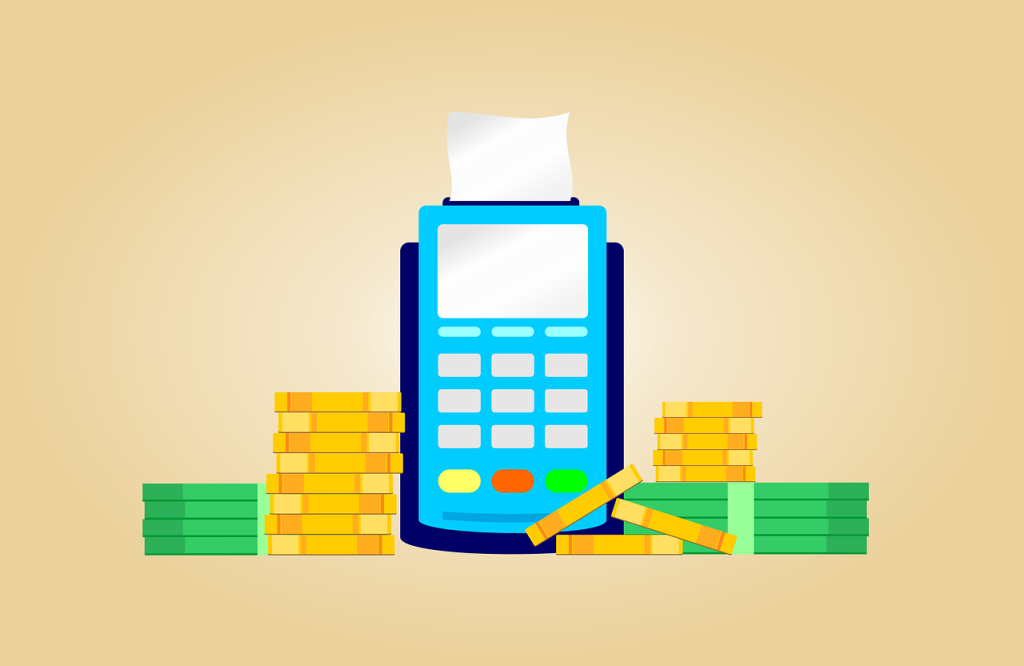
3. Global Payments and Financial Inclusion
Traditional marketplaces are often constrained by payment infrastructure—relying on banks, credit cards, or payment processors that exclude millions of people who are unbanked or underbanked. Web3 eliminates these barriers by enabling borderless, peer-to-peer payments using cryptocurrencies. Anyone with a smartphone and an internet connection can participate in global commerce without needing a traditional bank account. This is especially empowering for users in developing countries, remote areas, or politically unstable regions where access to financial services is limited. By embracing blockchain-based payments, decentralized marketplaces foster true financial inclusion and open up global markets to new participants.
4. Portable Reputation and Identity
On centralized platforms, a user’s reputation—such as ratings, reviews, and credentials—is tied to that specific platform. When users switch to a new marketplace, they often have to rebuild their trust from scratch. Web3 solves this with Decentralized Identity (DID) and on-chain reputation systems, allowing users to carry their identity and reputation across platforms. A user’s history, transaction records, and social credentials are stored on-chain and verifiable, forming a universal digital identity. This makes it easier to onboard users, foster trust instantly, and prevent fraud—while giving individuals greater control over how and where their identity is used.
5. Token Incentives for Growth
Web3 marketplaces are uniquely positioned to reward users for their contributions through native tokens. Whether someone is buying, selling, referring new users, moderating content, or improving the platform, their participation can be incentivized with tokens. These tokens can be used for governance voting, exchanged for other cryptocurrencies, or redeemed for special access within the platform. Unlike Web2 rewards systems, which offer limited perks or loyalty points, Web3 tokens hold real-world value and utility. This creates a self-sustaining ecosystem where every participant has a stake in the marketplace’s growth and success.
6. Immutable Proof of Ownership
Ownership in Web2 is often murky—digital files can be copied, licenses revoked, or access restricted. In Web3, assets like NFTs provide verifiable, immutable ownership recorded on the blockchain. When users buy a digital asset—whether it’s art, music, software, or even virtual real estate—they receive a cryptographic certificate of ownership that cannot be duplicated or altered. This allows creators to issue digital goods with confidence and gives buyers certainty that their purchases are authentic and secure. Additionally, creators can embed automatic royalties into these assets, ensuring they receive a portion of every resale, creating long-term revenue streams that were never possible before.
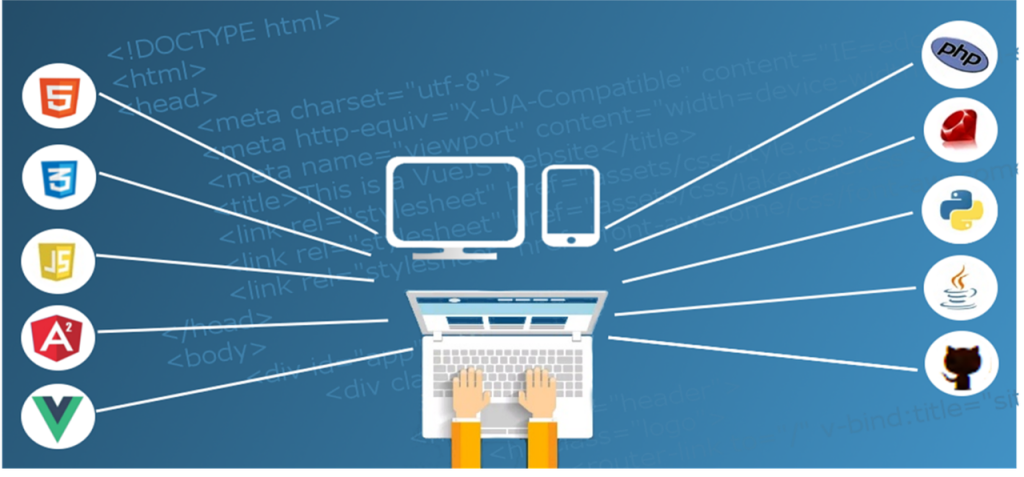
7. Censorship Resistance
Centralized platforms often reserve the right to censor content, suspend accounts, or block transactions based on internal policies or external pressures. This introduces risks for users in politically sensitive regions or those working with controversial content. Web3 platforms are built on decentralized infrastructure—using public blockchains and distributed file systems like IPFS or Arweave—which makes it virtually impossible to unilaterally remove content or restrict access. This censorship-resistant architecture ensures that users maintain full control over their data, assets, and participation, regardless of geography or ideology.
8. Community-Driven Development
Web3 marketplaces are often open-source and community-funded, meaning anyone can contribute to the platform’s development. This leads to rapid innovation, as developers from around the world build new features, fix bugs, or propose integrations. Unlike traditional companies where product decisions are made behind closed doors, Web3 communities collaborate in public, vote on roadmaps, and direct funding toward the most valued initiatives. This approach nurtures a collaborative development culture, accelerates platform evolution, and ensures that improvements truly serve user needs.
9. Programmable Commerce and Composability
A powerful feature of Web3 is composability—the ability for different decentralized apps (dApps) to seamlessly interact with one another. This allows Web3 marketplaces to integrate with DeFi protocols, identity systems, analytics tools, and more, unlocking advanced use cases. For instance, users might rent NFTs through one protocol, finance them through another, and list them on a marketplace—all automated via smart contracts. This modular and interoperable design reduces platform lock-in, encourages experimentation, and allows marketplaces to offer highly customized and innovative experiences tailored to specific communities or industries.
10. Greater Transparency and Auditability
In traditional marketplaces, data on transactions, fees, or user behavior is kept private by the platform. Users have limited visibility and must trust the provider. Web3 flips this model by recording every transaction on a public ledger, enabling full transparency and traceability. Buyers can verify the origin and history of goods, sellers can prove their delivery record, and analysts can audit platform activity in real-time. This level of radical transparency fosters trust, reduces fraud, and opens the door for third-party developers to build powerful dashboards, insights tools, and compliance layers on top of the platform.
Real-World Examples of Web3 Marketplaces
Several pioneering platforms are already bringing the principles of decentralization, transparency, and user empowerment to life. Let’s explore how these Web3-based marketplaces are reshaping digital commerce and creative ownership:
OpenBazaar
What it is: OpenBazaar is one of the earliest examples of a fully decentralized peer-to-peer marketplace, often dubbed the “eBay of the blockchain world.”
How it works: It allows users to buy and sell goods directly with each other using cryptocurrencies, without any central authority or platform fees. OpenBazaar uses a distributed network and IPFS (InterPlanetary File System) to host product listings, ensuring that no single party controls the marketplace.
Why it matters: OpenBazaar represents a true vision of censorship-resistant commerce. It empowers users in regions with limited access to global platforms or those facing payment restrictions. Though the platform has paused development in recent years, its legacy and open-source nature continue to inspire new decentralized marketplace projects.
Origin Protocol
What it is: Origin is a blockchain-based platform that enables decentralized commerce and NFT marketplaces. It provides a suite of tools and smart contracts that anyone can use to launch their own Web3-enabled storefront or app.
How it works: Built on Ethereum, Origin offers features like NFT minting, decentralized payment systems, and token-based rewards. Its flagship marketplace, Origin Story, is used by artists, creators, and brands to sell NFTs and digital goods directly to consumers without relying on centralized marketplaces like OpenSea.
Why it matters: Origin Protocol stands out for its white-label approach, allowing entrepreneurs and businesses to create branded, decentralized e-commerce experiences. It also offers strong DeFi (Decentralized Finance) integrations for things like yield farming and staking, merging commerce with finance in novel ways.
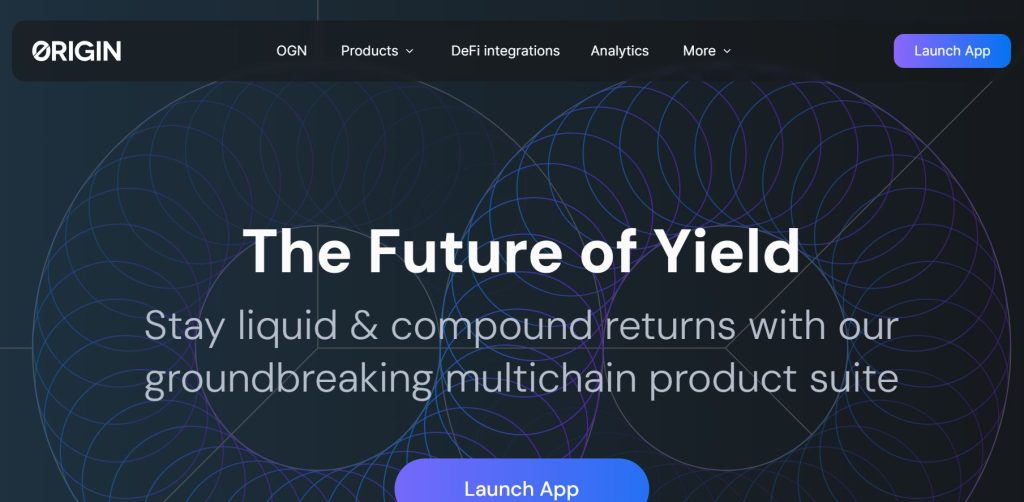
Zora
What it is: Zora is a decentralized protocol designed specifically for creators, artists, and collectors to monetize digital assets—especially in the form of NFTs.
How it works: Unlike traditional NFT platforms that take a cut or control listings, Zora is a protocol anyone can build on. It supports dynamic pricing, which means NFTs can appreciate in value over time based on demand. It also supports secondary sales with automated royalty payments, empowering artists to earn recurring revenue.
Why it matters: Zora is a major leap forward for creator economies. It puts control in the hands of the artists, removing middlemen and offering fair, programmable ownership mechanics. This model is being adopted by musicians, digital designers, and brands launching collectible drops.
Mirror.xyz
What it is: Mirror is a Web3 publishing platform that combines blogging, crowdfunding, and governance—all powered by blockchain.
How it works: Writers use Mirror to publish decentralized blogs that are stored on Arweave (a permanent, censorship-resistant storage layer). They can also crowdfund writing projects through “editions” or tokenized posts, earning crypto from their community. Mirror integrates with wallets for authentication and supports DAO (Decentralized Autonomous Organization) publishing.
Why it matters: Mirror is redefining how content creators fund, own, and distribute their work. Instead of relying on ad revenue or subscriptions managed by platforms, writers are directly supported by readers and token holders. It’s a compelling model for community-funded media, journalism, and storytelling.

Challenges and Considerations in Web3 Marketplaces
While Web3 offers transformative potential for online commerce, it also comes with a unique set of challenges that must be addressed to achieve mass adoption. Here are some of the key hurdles—and what’s being done to overcome them:
1. User Experience (UX): The Learning Curve of Web3
The challenge: For many users, interacting with Web3 platforms can be intimidating. Wallet creation, key management, understanding gas fees, and transaction signing are all unfamiliar concepts to those accustomed to Web2 services like PayPal or Amazon.
Why it matters: A steep learning curve limits the appeal of Web3 marketplaces to early adopters and crypto-native users, leaving out mainstream users who expect seamless and intuitive experiences.
What’s improving: Projects are now focusing heavily on UX enhancements, including:
-
Gasless transactions, where platforms pay network fees on behalf of users.
-
Social or email-based wallet creation, removing the need for seed phrases.
-
Integration of wallet aggregators like WalletConnect, and user-friendly wallets like Magic or MetaMask with fiat on-ramps.
-
Progressive onboarding, with Web2-like flows that introduce Web3 features step by step.
Platforms like CoinbaseWallet and Magic.link are leading the charge in making Web3 more accessible to everyday users.
2. Scalability: Blockchain’s Performance Bottleneck
The challenge: Popular blockchain networks like Ethereum have historically struggled with high gas fees and slow transaction throughput, particularly during periods of heavy demand. This can make even basic marketplace transactions costly and sluggish.
Why it matters: For marketplaces handling microtransactions, frequent listing updates, or real-time user interactions, latency and cost are critical. A poor experience in speed or pricing can drive users away.
What’s improving: To address this, Layer-2 scaling solutions are being widely adopted. These include:
-
Optimistic Rollups (e.g., Arbitrum, Optimism) that bundle transactions for cheaper processing.
-
ZK-Rollups (e.g., zkSync, StarkNet) offering faster settlement with improved privacy and security.
-
Sidechains like Polygon, which offload activity from the main Ethereum chain.
Many modern Web3 marketplaces now offer multi-chain support or default to Layer-2s to keep costs low and performance high.
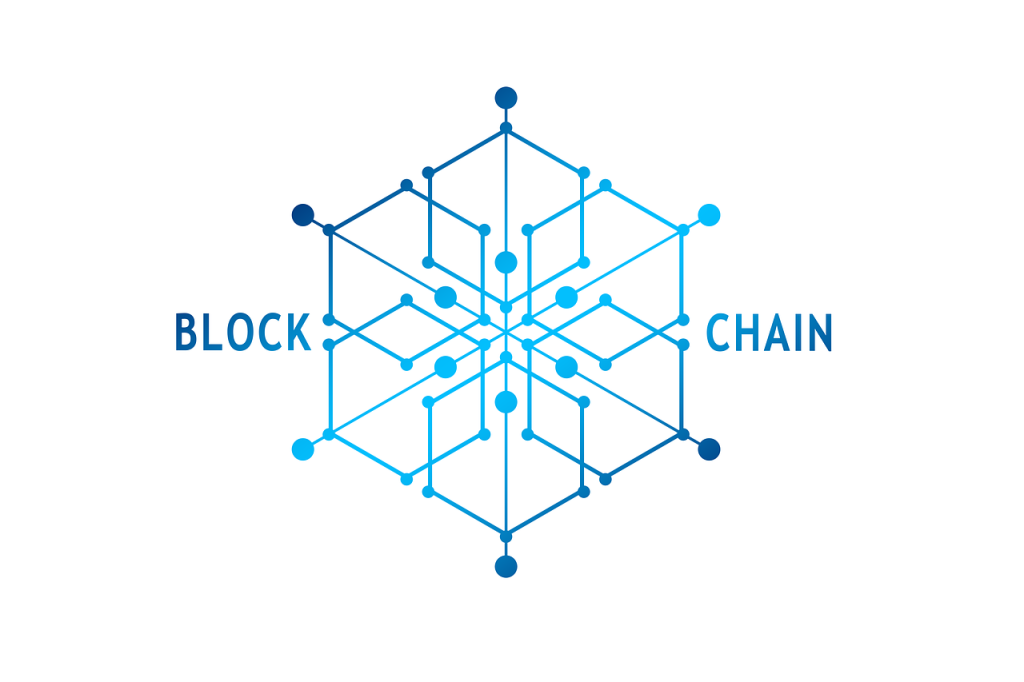
3. Regulatory Uncertainty: The Legal Grey Zones
The challenge: Regulations around cryptocurrencies, NFTs, and decentralized platforms vary significantly by country—and in many places, they’re still being written. Issues like tax compliance, consumer protection, KYC/AML (Know Your Customer/Anti-Money Laundering), and securities classification are major legal minefields.
Why it matters: Without clear legal frameworks, both users and developers face risks. Platforms may be forced to geo-block users, pause features, or deal with retroactive legal action.
What’s improving: Globally, regulatory clarity is slowly emerging:
-
The MiCA regulation in the EU is one of the first comprehensive crypto frameworks.
-
The U.S., while more fragmented, is seeing movement via SEC and CFTC discussions.
-
Some countries like Singapore, UAE, and Switzerland are embracing Web3 innovation with clearer guidance.
Meanwhile, many Web3 platforms now take a compliance-first approach, using tools like on-chain KYC, permissioned smart contracts, or even building hybrid (Web2-Web3) systems to operate within existing laws.
4. Trust and Dispute Resolution: Who’s the Judge?
The challenge: In traditional marketplaces, centralized platforms act as arbitrators in disputes. On Web3 platforms, where decentralization removes central oversight, users may face issues if a transaction goes wrong—such as product fraud, delayed delivery, or payment issues.
Why it matters: Trust is foundational to any marketplace. Without effective resolution systems, user confidence declines and participation drops.
What’s improving: The Web3 ecosystem is innovating new trust and governance models:
-
Decentralized arbitration services like Kleros use juror pools to decide disputes through token-based voting.
-
Reputation systems, where users earn trust scores based on activity, can flag bad actors early.
-
DAOs (Decentralized Autonomous Organizations) offer community-led governance, where rule sets are enforced via smart contracts and community votes.
Web3 also encourages escrow-based payments, where funds are only released once both parties fulfill agreed terms—adding another layer of transactional safety.
Final Thoughts: The Future of Community Commerce
Web3 represents more than just a tech upgrade—it’s a philosophical shift toward user empowerment, community ownership, and transparent systems. As decentralized technologies mature, online marketplaces will continue to evolve into dynamic ecosystems where users aren’t just participants, but co-creators and stakeholders.
For marketplace founders, builders, and operators, now is the time to start experimenting, collaborating, and preparing for a more open and equitable digital economy.
FAQ's
-
What is a Web3 marketplace, and how does it differ from traditional platforms?
Web3 marketplaces are decentralized digital commerce platforms built on blockchain technology, which allow peer-to-peer transactions without intermediaries. Unlike traditional marketplaces like Amazon or eBay that rely on centralized authorities, Web3 marketplaces use smart contracts, cryptocurrencies, and community governance to manage transactions, ownership, and platform decisions transparently and autonomously. -
How do smart contracts ensure trust in Web3 marketplaces?
Smart contracts are self-executing code deployed on a blockchain that automatically enforce the rules of a transaction when certain conditions are met. They act as trustless middlemen, ensuring that actions like payments, service delivery, or asset transfers occur only when all parties fulfill their obligations, thereby reducing fraud and the need for human oversight. -
Can anyone access and use Web3 marketplaces?
Yes, one of the key advantages of Web3 is that anyone with an internet connection and a compatible digital wallet can participate. These platforms are especially beneficial for people in underbanked or restricted regions, as they remove the dependency on traditional financial systems, making global commerce more inclusive and accessible. -
How do users maintain ownership of digital assets in Web3?
Web3 uses NFTs (non-fungible tokens) and blockchain records to establish clear, verifiable ownership of digital assets. When a user purchases an item, such as art, music, or software, the blockchain stores a cryptographic certificate of ownership that cannot be altered or duplicated, allowing for secure and immutable property rights. -
What role do tokens play in Web3 marketplaces?
Tokens serve multiple purposes in Web3 platforms—they can act as payment methods, rewards for platform contributions, or governance tools that allow users to vote on platform decisions. These tokens have real-world value and utility, creating a more participatory and incentivized ecosystem compared to traditional loyalty points or discounts. -
How is user identity and reputation handled in Web3?
Web3 marketplaces use decentralized identity (DID) and on-chain reputation systems to give users full control over their digital identity and transaction history. This allows reputations to be portable across platforms and verifiable by others, eliminating the need to rebuild trust when switching platforms and reducing fraud risks. -
What challenges does Web3 still face for mainstream adoption?
Despite its promise, Web3 still struggles with usability issues, such as complex onboarding processes, gas fees, and wallet management. Scalability, legal uncertainty, and the absence of centralized dispute resolution also pose hurdles. However, ongoing improvements in user experience, Layer-2 scaling solutions, regulatory frameworks, and decentralized arbitration tools are gradually addressing these concerns.
